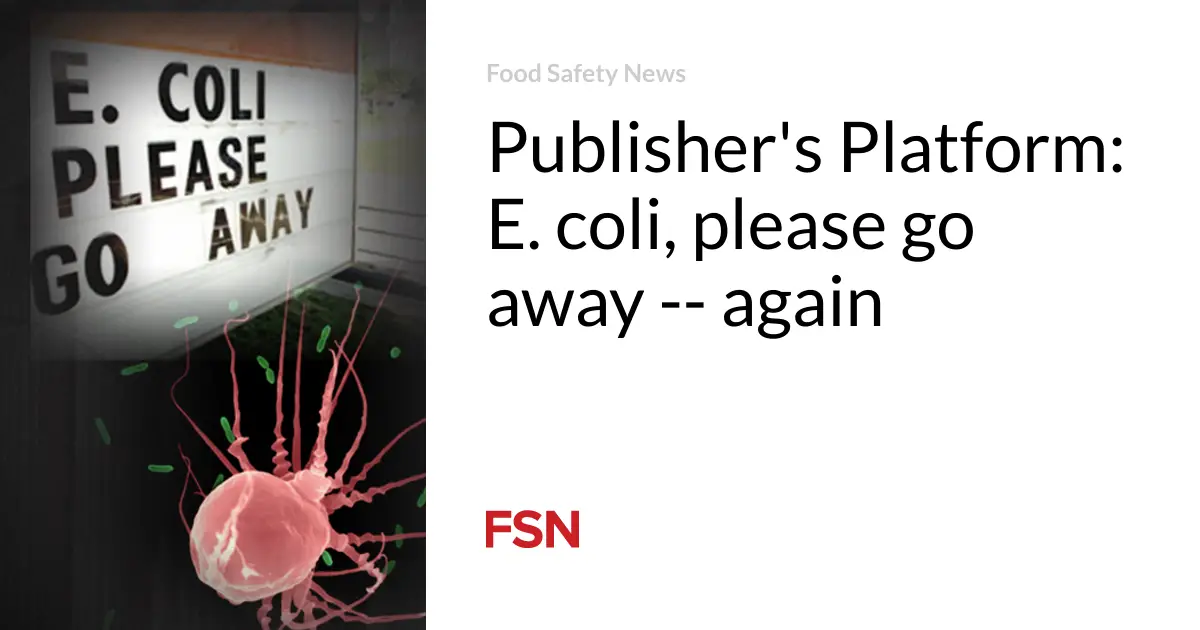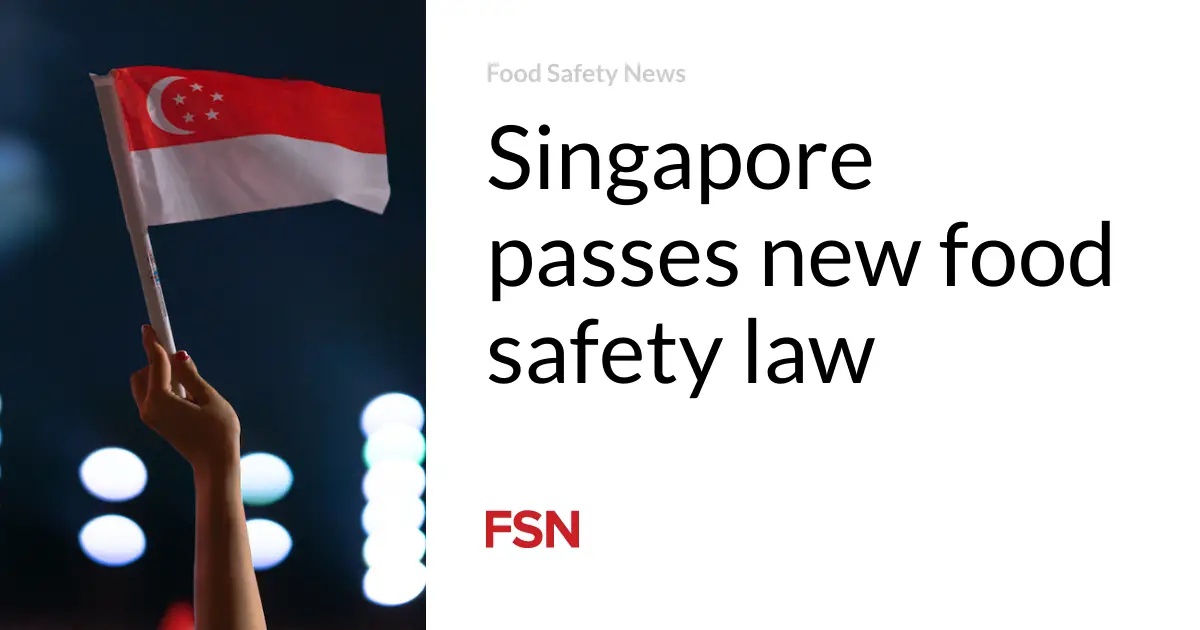
— OPINION —
The Flathead City-County Health Department (FCCHD) and the Montana Department of Public Health and Human Services (DPHHS) have been working for the last month to investigate an E. coli O157:H7 outbreak that has sickened 14, killing one, likely linked to a local Wagu ground beef producer. The beef was served at Gunsight Saloon; Hops Downtown Grill; Tamarack Brewing Company; the Lodge at Whitefish Lake; and Harbor Grille. Clinical and food samples have tested for the same strain of E. coli O157:H7.
I represent two of the people sickened, and we will be filing lawsuits against two of the restaurants above and the unnamed supplier and processor of the tainted Wagu ground beef next week.
Frankly, this is one of the larger ground beef E. coli O157:H7 cases I have seen or been involved in for a long while. I certainly hope this outbreak is an aberration and that we are not seeing an uptick in beef-related E. coli O157:H7 outbreaks. I thought the USDA and the beef industry had put E. coli O157:H7 out to pasture — apparently it has broken the fencing.
Nearly 32 years ago, the infamous Jack-in-the-Box E. coli O157:H7 outbreak was about to erupt unnoticed in southern California and then blow-up in Western Washington in January 1993. I was a 4-year associate when more than 650 were sickened, hundreds hospitalized, dozens with acute kidney failure and four children dead. The litigation that ensued rocked the beef and restaurant industry and it even wakened a sleepy government to action. On Sept. 28, 1994, then FSIS Administrator Mike Taylor, in a speech to the American Meat Institute said” “To clarify an important legal point, we consider raw ground beef that is contaminated with E. coli O157:H7 to be adulterated within the meaning of the [FMIA]. We are prepared to use the Act’s enforcement tools, as necessary, to exclude adulterated product from commerce. Finally, we plan to conduct targeted sampling and testing of raw ground beef at plants and in the marketplace for possible contamination.”
Deeming E. coli O157:H7 an adulterant in ground beef was a game-changer as were the victim’s litigation over the next several years – change takes time, and it is sometimes painful. Over those years outbreaks still happened – although smaller; and recalls did happen – many larger.
However, I remember the summer of 2003, a year after I wrote an Op-ed urging the beef industry to “put me out of business,” that there we no E. coli O157:H7 outbreaks and the subsequent years they continued to be essentially non-events. That trend has continued for the past 20 years — there have been a few outbreaks, but again, generally smaller numbers.
I have often said that E. coli O157:H7 is hamburger kept me 95 percent busy between the decade between 1993 and 2003, and since then it has dropped to near zero. Clearly, a win for public health, as well as the beef and restaurant industry.
Let’s hope that this Montana outbreak is an aberration. Let’s hope that the beef and restaurant industries have not taken their eyes off the prize – of “putting me out of business,” and they get E. coli O157:H7 back behind the fence.
(To sign up for a free subscription to Food Safety News,click here)







